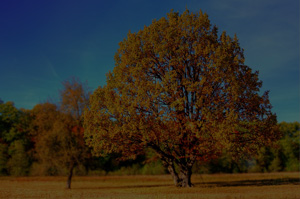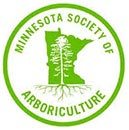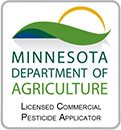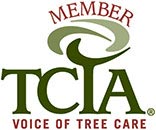Cankerworm is a caterpillar of the North American moth that has wingless females. These pests feast on buds and leaves of trees. Normally small numbers of cankerworms are present every year, but on occasion, large outbreaks can occur. When this happens they cause significant defoliation of a variety of deciduous landscape and forest trees.
The cankerworm is also referred to as inchworm or looper, as they move with a distinctive “looping” motion. They do not bite or sting, but many people are intimidated by the overwhelming number of them.
Types of Cankerworms
There are two species of cankerworms--fall and spring cankerworms. The fall cankerworm emerges from the soil as an adult moth after a hard freeze. Male moths emerge a few days before the females. Mating takes place as the females crawl up tree trunks in search of small twigs in which to lay their eggs. Shortly after the eggs are deposited, the males and females die. The eggs stay on the tree and hatch the following spring. Newly hatched cankerworms spin silk threads that allow them to blow from tree to tree and they reach full-grown length in about four weeks. Larvae then fall to the ground to pupate in the soil before becoming adults later in the season.
Spring cankerworms differ from fall cankerworms in a few ways. First, the pupae in the soil do not emerge as adult moths until early spring. Second, the eggs are deposited in loose clusters in the bark and are not easily seen. Fall and spring cankerworm eggs hatch around the same time in the spring and have similar life histories. They feed at the same time of year, normally on the same trees, and cause the same kind of damage.
Damage
Cankerworms can increase tree stress, leading to borer damage, branch dieback, and root decline. One year of cankerworm defoliation is not a death sentence to healthy shade trees. But two or more years of defoliation will reduce growth and weaken the tree, allowing for secondary insects and diseases to kill the trees. A large, more mature tree can withstand a few years of cankerworm damage. Whereas a young, newly transplanted tree is more susceptible to injury from defoliation.
Nuisance
If the tree’s health is not a concern, normally the nuisance that cankerworms cause is. For example, caterpillars falling on picnic tables, houses or walkways. Or caterpillars spinning to the ground. When this happens by the thousands, this creates an unsightly environment. Fortunately, this will only occur for a few weeks.
Cankerworms also create a nuisance in the spring and fall as moths crawl up the exterior of walls.
Control
Regular inspections by an arborist will monitor and control outbreaks. Pesticides can be used but timing is everything. During the second week of feeding when damage is minor and the caterpillars are small and inconspicuous,
chemicals can be applied. Cankerworms will then increase in size during the third and fourth weeks after egg-hatch. At this point, their damage becomes more prevalent (they eat more). Additionally, because of their larger size, chemical treatment is no longer effective.
Another method of treating cankerworms is tree banding. Sticky bands are applied to the trunks of trees and trap the wingless females as they crawl up the trunk to lay eggs. The bands should be monitored to make sure there are no places where windblown leaves (or other obstacles) have created a “bridge” over the band. Further, the bands need to be cleaned and renewed when the sticky material becomes crowded with moths. Failure to properly manage and maintain the bands will not address nor control the cankerworms.
If cankerworms have overwhelmed a tree, have caused damage and severe defoliation, or are a nuisance, contact Precision Tree and speak to an expert arborist.











